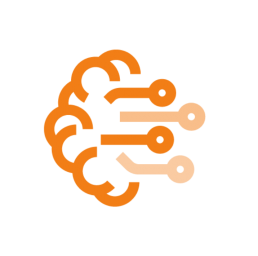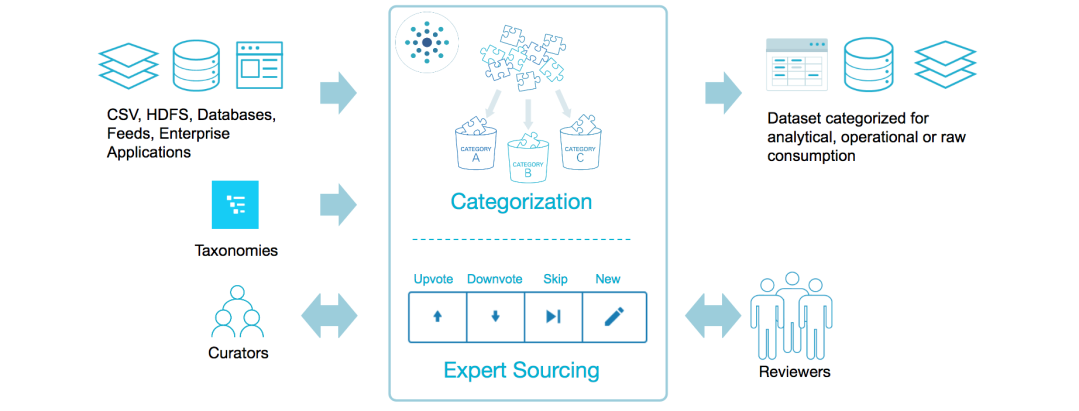

DATA IS POORLY CLASSIFIED (TAXONOMY)

-
- Large percentage of spend records are misclassified and/or unclassified
-
- Rules used to classify spend are ineffective and difficult to maintain
-
- Cannot effectively search for total ‘spend’ by category (i.e. supplier/part)
-
- No flexibility to update out of date taxonomy

-
- High accuracy of classification
-
- Gain visibility into spend
-
- Classification of uncategorised spend
-
- Dynamic taxonomy
-
- Single view of data
Challenges:
As the number of data sources grow across an enterprise (ERP, procurement databases, spreadsheets etc) and the data volumes increase, it becomes difficult to organise and accurately categorise data records (“spend data”) into hierarchical categories (referred to as a taxonomy). Adding to that challenge, existing taxonomies are often outdated (no longer reflect the actual data collected) and could be extremely hard to keep up to date.
When spend data is poorly categorised, it limits spend visibility and makes it difficult to turn data into insights that help optimise spending.
Visibility into enterprise spending and suppliers is critical to improving sourcing efficiency and increasing savings.
As an example, categorisation of expenditure for various products (i.e. parts sourced from many suppliers) and services into a single taxonomy, provides enhanced visibility into spending (i.e. lowest cost supplier) and provides leverage for pricing negotiations or other supplier relationship improvements.
Solution:
Organisations classify and organise data around taxonomies to manage large varieties of business assets. Accurate, comprehensive taxonomies help organisations drive vital strategic insights and efficient operations around processes involving their products, asset inventories, spending and more.
How Tamr can help?
Tamr connects and categorises data across a variety of data sources using human-guided machine learning. The advanced algorithms can analyse and determine which attributes to match, records to merge and classify–handling over 90% automatically. At the core of Tamr’s technology is the ability to engage data experts when required through simple ‘yes’ or ‘no’ questions. The output is a curated dataset that is used to power data analytics.
Tamr’s innovative technology accelerates classification of data records using the data from large, diverse data sets, enabling effective data-driven decisions faster. Any changes to the taxonomy structure can be implemented automatically with Tamr’s machine learning engine. Tamr is designed to easily tie into existing data infrastructure (via RESTful APIs) and offers cloud-native, on-premise and hybrid deployments.

Why Tamr?
- Accelerate data mastering projects from years to weeks or months, using human-guided machine learning.
- Lower cost of ownership through reduced manual workflows for data consolidation, categorisation and geo-spatial mapping.
- Empower data teams to focus on high-value work and deliver business outcomes with curated, mastered enterprise data.
- Integrate seamlessly with data pipelines and analytics solutions through open architecture and robust API.